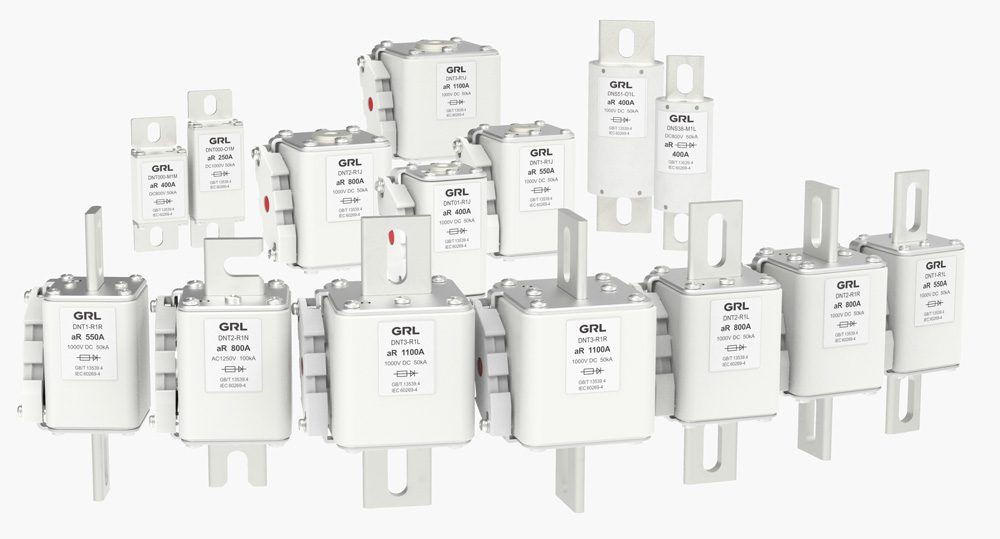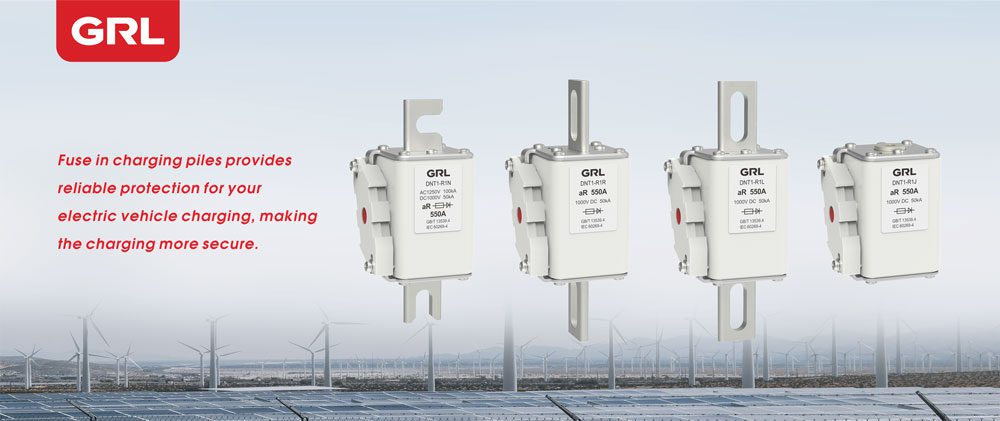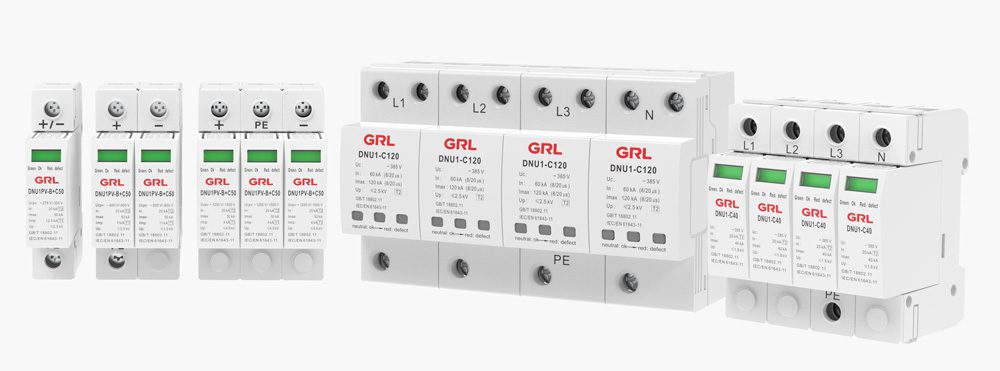What is the difference between Fuses in Charging piles and regular fuses?
The main difference between Fuses in Charging piles and a regular fuses lie in their specific application and the stringent requirements they must meet for use in electric vehicle (EV) charging infrastructure.
While both types of fuses operate on the same basic principle of melting a fusible element to interrupt the circuit in case of overcurrent, Fuses in Charging piles are designed and selected to meet the unique demands of EV charging systems.
Higher Voltage Ratings: Fuses in Charging piles typically have higher rated voltages, such as 690V AC (IEC) or 700V (UL), to accommodate the higher voltages present in EV charging systems compared to regular household or industrial applications.
Higher Current Ratings: Fuses in Charging piles are available in higher current ratings, ranging from 40A to 630A, to cater to the high power requirements of EV charging stations.
Stringent Safety Standards: Fuses in Charging piles must comply with strict safety standards and certifications, such as IEC 60269 or GB/T 13539.4, to ensure reliable and safe operation in critical EV charging infrastructure.
Integration with Other Protection Devices: Fuses in Charging piles are often integrated with other protective devices like surge protectors, residual current devices (RCDs), and ground fault relays to provide comprehensive protection against various electrical faults and transient events.
Environmental Considerations: Fuses in Charging piles may need to withstand harsher environmental conditions, such as outdoor installations, temperature extremes, and exposure to moisture or dust, compared to regular fuses used in indoor applications.
In summary, while the basic operating principle is the same, Fuses in Charging piles are specifically designed and selected to meet the higher voltage, current, safety, and environmental requirements of EV charging infrastructure, ensuring reliable and safe operation of these critical systems.



 Proper selection, installation and maintenance of Fuses in Charging piles are critical to ensuring the safe and reliable operation of electric vehicle charging infrastructure.
Proper selection, installation and maintenance of Fuses in Charging piles are critical to ensuring the safe and reliable operation of electric vehicle charging infrastructure.
